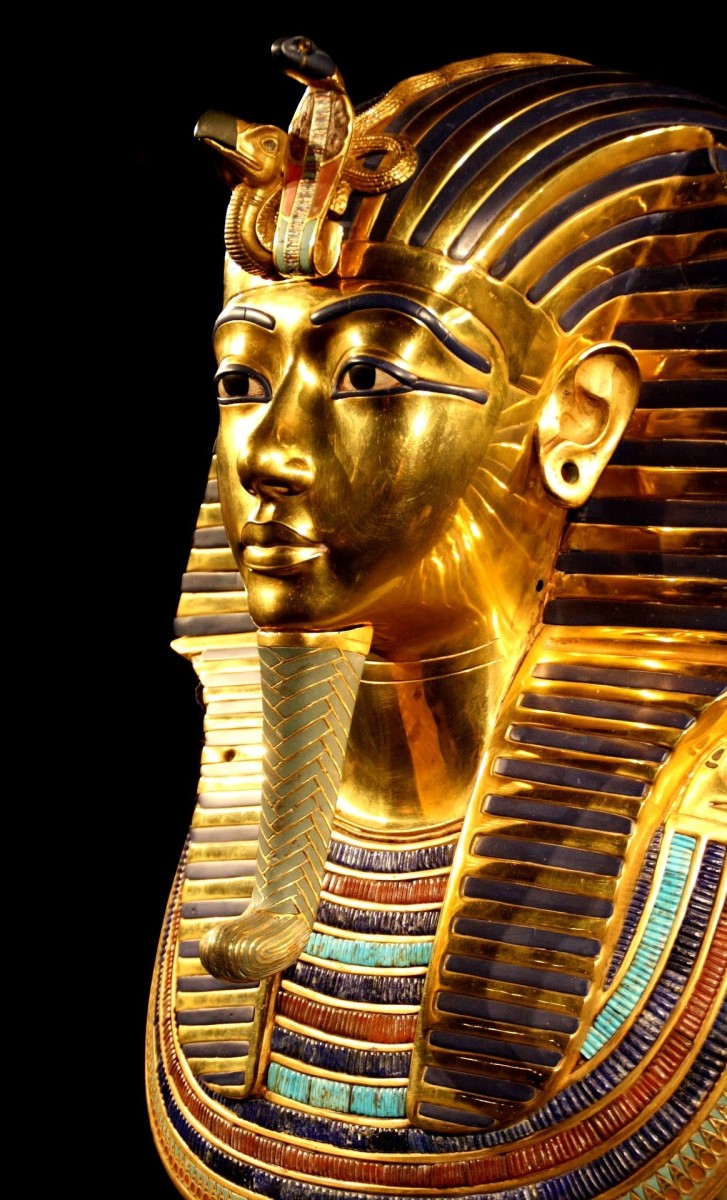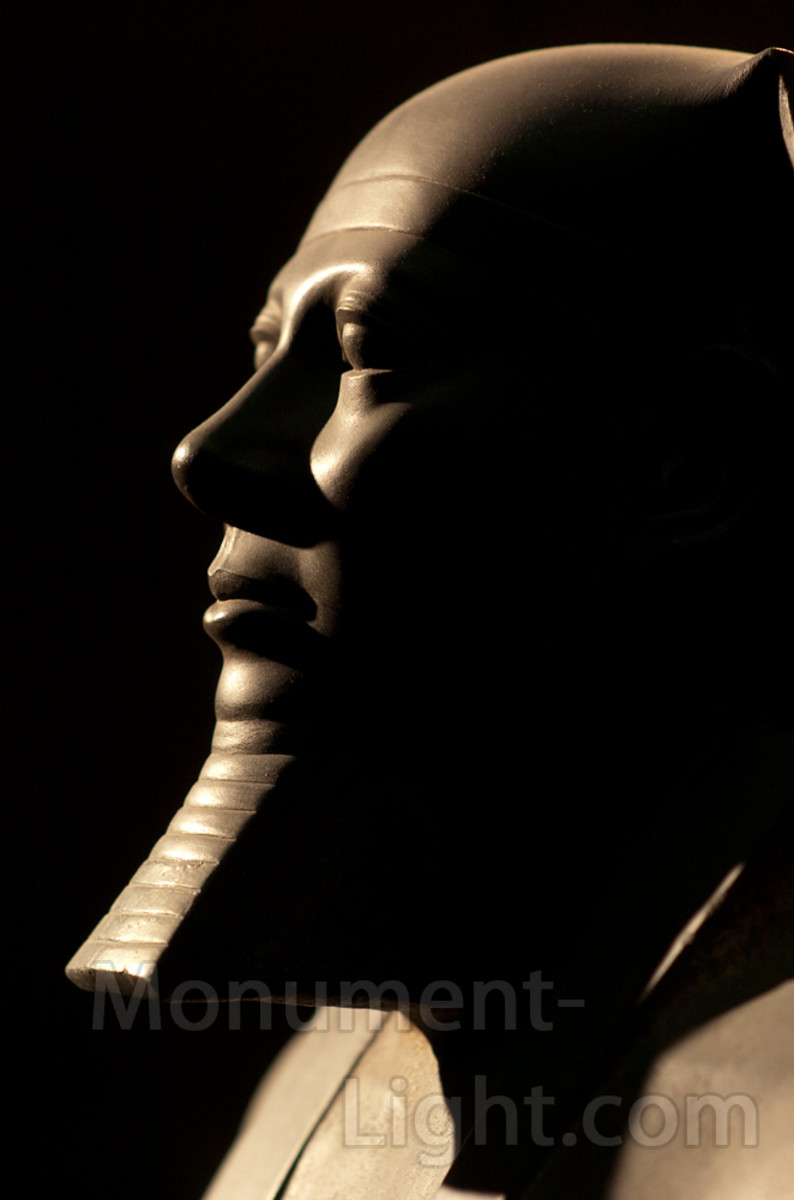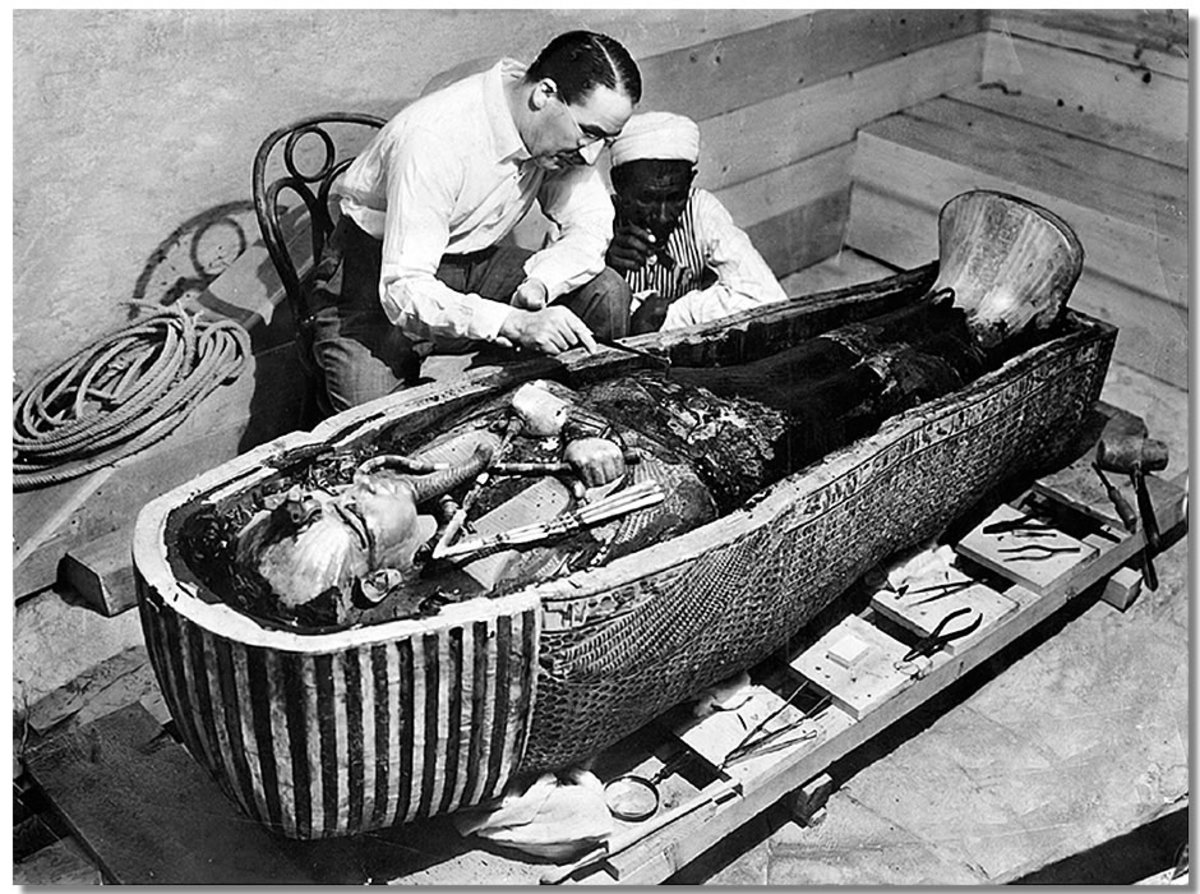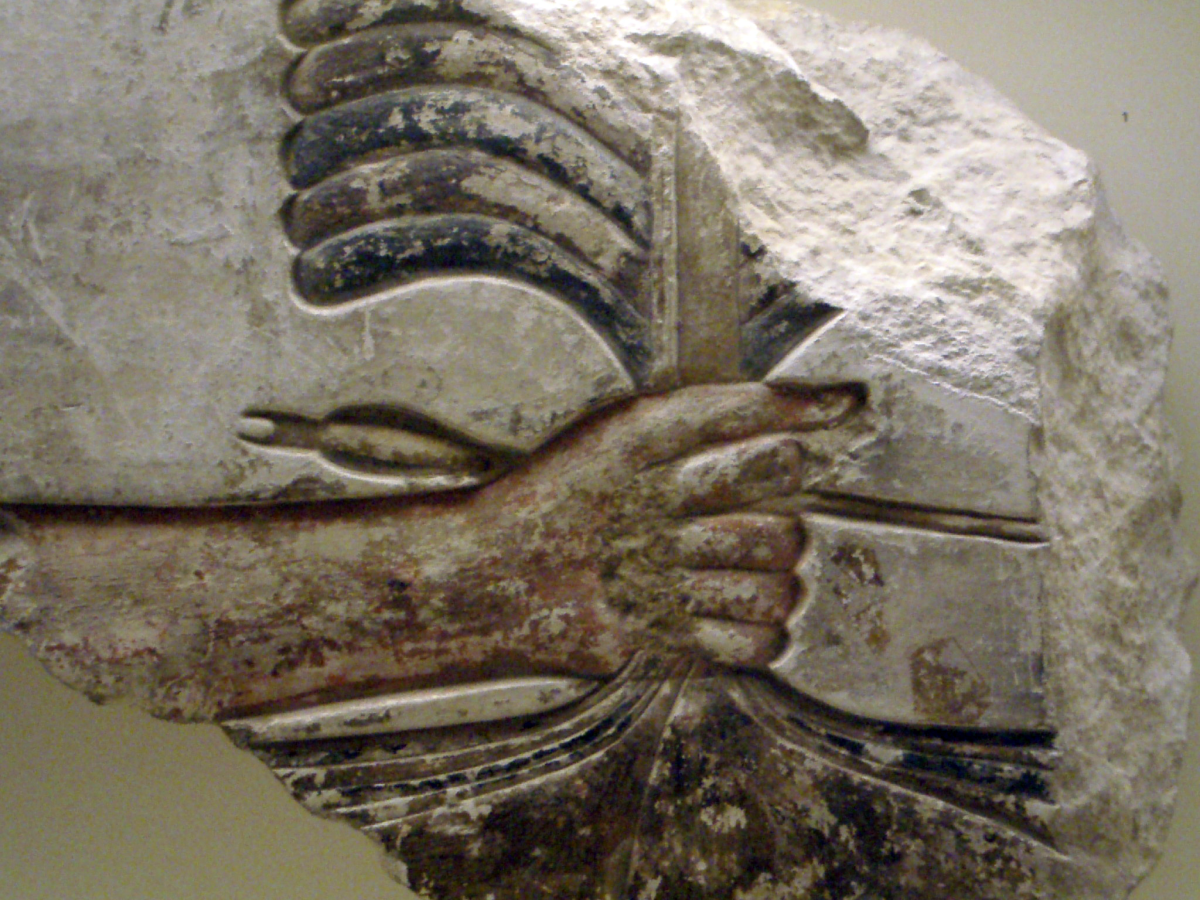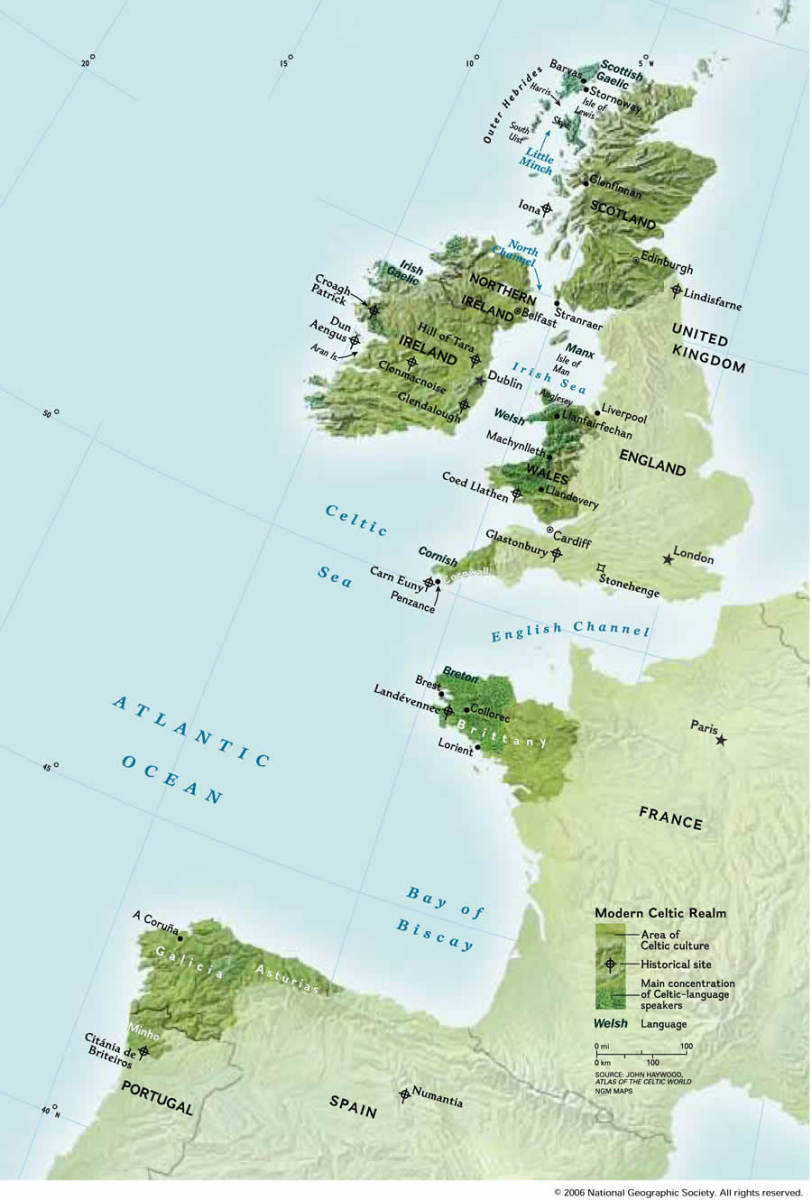10 Terrifying Facts About the Curse and Discovery of Tutankhamun's Tomb
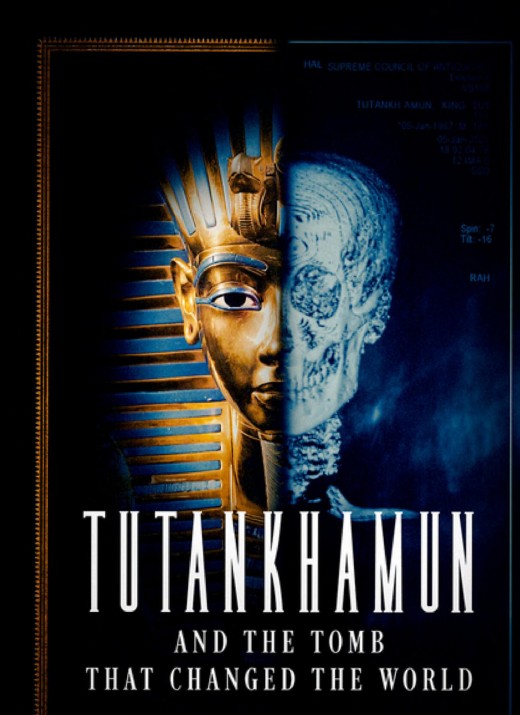
10 Terrifying Facts About the Curse and Discovery of Tutankhamun's Tomb
King Tut, or Tutankhamun, is one of the most famous rulers who ever lived thanks to the 1922 discovery of the pharaoh’s tomb in Egypt’s Valley of the Kings. The find stirred the imaginations of millions who were fascinated by the boy king’s golden-masked mummy.
A study published in the Journal of the American Medical Association (JAMA) in 2010, led by Dr. Zahi Hawass and his team, confirmed that Tut died at the age of 18–19.
The cause of death :
was a combination of medical factors: a broken hip that led to a serious infection, combined with fatal malaria and general poor health due to hereditary diseases, and not the result of a plot or murder.
1-Few people thought the tomb could be found.
The search for Tutankhamun was a true believer’s quest. Experts of the day asserted that every tomb in the valley had either been raided in antiquity or uncovered more recently by archaeologists. An unimpressive site misidentified as Tut’s tomb was among those that had been excavated. Tut also seemed to have been a minor pharaoh, with only a few artifacts in the surviving record bearing his name.
2-The beginning of the cruse
The mystery of the curse, some say, began not with whispers in the night, but with a single stone—a magic brick hidden in the treasury at the foot of the jackal-headed god Anubis. Inscribed on this brick was a haunting warning.
Even so, once Lord Carnarvon, the wealthy sponsor of the expedition, met his untimely death a month or so after entering the burial chamber did the world begin to tremble at the thought of a curse.
3-Lord Carnarvon dies under mysterious circumstances
The mystery of the curse, some say, began not with whispers in the night, but with a single stone—a magic brick hidden in the treasury at the foot of the jackal-headed god Anubis. Inscribed on this brick was a haunting warning.
As he lay on his deathbed in Cairo, the lights of the city flickered and then went out—a blackout that seemed ominously timed. Now, I have even today (let alone in 1923), blackouts are a regular occurrence in Cairo and throughout the country. However, there was more: His beloved dog also died, but it was only the beginning.
4-A series of horrific events
In July 1923, Prince Ali Kamel Fahmy Bey, who had visited the tomb, was murdered by his wife in London. Then, a half brother of Carnarvon, Audrey Herbert also contracted sepsis and died after getting all his teeth extracted The grim list went on.
5-Nelson's views on the curse of the pharaohs
Nelson points out that the mummy’s curse was spurred by literature, such as that by Little Women author Louisa May Alcott who, in 1869, published the short story “Lost in a Pyramid; or, The Mummy’s Curse.” The newspaper coverage of the King Tut curse inspired its own wave of mummy curses in popular culture.
6-The Haunted Relic
Sir Bruce Ingram, a friend of Carter, received a rather macabre gift—a mummified hand wearing a bracelet inscribed with a curse. Shortly after receiving it, Ingram’s house burned down. When he rebuilt it, a flood destroyed it. The mummified hand itself was said to carry a warning to anyone who disturbed the dead, and for Ingram, the warning rang true.
7-Scientific information related to the curse of the pharaohs
A recent study claims to have uncovered the mystery behind the deaths of more than 20 people excavating the tomb of the famous pharaoh Tutankhamun in 1922. The incident was widely considered one of the curses of the pharaohs, and it has become part of the legendary stories passed down through generations to this day.
The lead researcher, Ross Fellows, stated that exposure to these materials was enough to cause malignant tumors, as in the case of archaeologist Howard Carter, whose life was ultimately claimed by illness. Medical reports indicate that Carter died of a heart attack in 1939, following a long struggle with lymphoma. Later scientific analysis revealed a strong link between radiation poisoning and this type of cancer.
Among those who entered the ancient tomb was another archaeologist, Lord Carnarvon, a member of the British aristocracy. He died from a severe fever and pneumonia in both lungs. Doctors believe he may have suffered from blood poisoning, which developed five months after being bitten by a mosquito.
British Egyptologist Arthur Weigall, who attended the tomb’s opening ceremony, also died of cancer at the age of 54. He was among the first to spread the legend of the pharaohs' curse before his own death.
As for the others involved in the excavation, they died of various causes such as strokes, suffocation, heart failure, diabetes, and malaria—most of them in their fifties.
8-Scientific facts about how Tutankhamun's body was burned
After reanalyzing the CAT scans and X-rays, the researchers found that improper embalming combined with the embalming oils, fabric, and air inside the coffin triggered a chemical reaction that led to internal combustion of the body, resulting in calcification or "browning" of the edges of the fabric and body tissue.
In a Discover report, it was found that remains of the king's flesh had been preserved for a long time, and microscopic analysis showed that they were burned, supporting that the body was burned as a result of an internal chemical reaction within the coffin.
9-Did they take adequate precautions when they discovered the tomb? No
When Carter penetrated the plastered door, he conducted a simple test using a candle to detect harmful gases before widening the opening. However, these were only rudimentary manual procedures and did not involve protective equipment or minimum safety protocols such as gloves or professional gas detectors.
The night after the official opening, Carter, along with Lord Carnarvon and the lord's daughter, Lady Evelyn, entered the tomb through an unofficial opening, before the presence of official Egyptian antiquities officials. This action was outside of official procedures and was not accompanied by any documented safety standards.
10-Opinions of Zay Hawass about the curse of the pharaohs
About Zahi Hawass:
Zahi Hawass (born May 28, 1947,, Egypt) is an Egyptian archaeologist and public official, whose magnetic personality and forceful advocacy helped raise awareness of the excavation and preservation efforts he oversaw as head of Egypt’s Supreme Council of Antiquities (SCA). He served as Egypt’s minister of antiquities in 2011.
With Egypt preparing for an unprecedented "Pharaohs Golden Parade" with the transfer of 22 royal mummies to Egypt's new museum in April, some have speculated that the plans had triggered an ancient curse.
In particular, social media users have focused their attention on an inscription allegedly written on the tomb of famous boy king Tutankhamun.
"Death will come on quick wings for those who disturb the king's peace," reads the widely-shared warning.
But according to former Antiquities Minister Hawass, there is no such thing as the "curse of the pharaohs".
Speaking to Al-Arabiya television, Hawass also explained that the deaths of archaeologists who had excavated tombs in the past were due to germs present at the sites.
The Pharaohs Golden Parade on 3 April will see the transfer of 22 mummies, including those of King Ramses II, King Seknen Ra, and King Tuthmosis III King Seti the First, Queen Hatshepsut and Queen Merit Amun.
In contrast to those fearful of the "curse of the pharaohs", Hawass has hailed the event as Egypt's "biggest promotion", claiming that the world's eyes will be on Cairo during the 40-minute parade.
But for the avoidance of doubt about whether Egypt has drawn the ancient ire of its pharaohs, one man has gone a step further in seeking solace amid the concerns.
"I contacted the spirits of the kings of ancient Egypt, whose mummies will be transported in the royal procession in a few days, and I asked them if the accidents that are currently occurring in Egypt are due to their curse and anger because of their transfer," wrote IT specialist Sameh Abou Arayes on Facebook.
Abou Arayes, who is known for his support of Egypt's President Abdel Fattah Al-Sisi, has often drawn ridicule for styling himself as the "Prophet of Horus".
"They assured me that this is not true and that they did not send a curse and that they, as kings of Egypt and prophets of the god Horus, love the Egyptian people and cannot harm them," he added.
He said that fears about the parade were being spread by Egypt's "enemies".
The tomb of Tutankhamun is among the most incredible archaeological discoveries of the 20th century and research on its artifacts continues to deepen our understanding of ancient Egypt (like the analysis of a dagger revealed to be made of meteorite iron). Still, while there’s no evidence of spectral revenge for the opening of the burial vault, the idea of a mummy’s curse hovers over the history of this great find.
The “curse” of Tutankhamun is a tale that may forever intrigue us, shrouded in mystery. But certainly, that may be said today for ALL of Ancient Egypt. So many stories that never get old!

